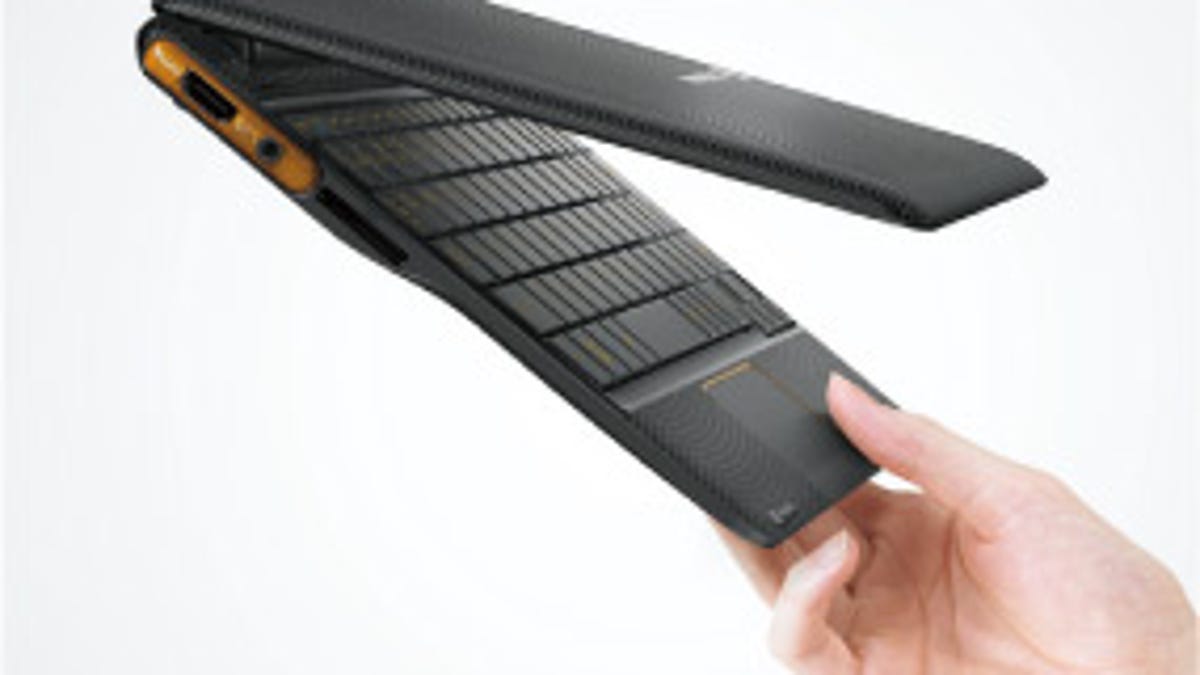Imagining a future MacBook
A MacBook running on an ARM processor is an enticing prospect, though it's probably far enough in the future that only crude guesswork is possible now.

In the wake of the story from SemiAccurate and other, more concrete indications, it's likely that Apple is on a quest to make its MacBooks more Post-PC-like. So, what could a future MacBook look like?
We have hard physical evidence of this design trend already with the 2010 MacBook Air. Namely, the 11.6-inch model. Though based on ancient Intel (Core 2 Duo) chips, it delivers good-enough performance (with the help of Nvidia silicon)--performance not unlike what a future Apple A series processor may deliver (or future ARM chips from Texas Instruments or Qualcomm, for that matter).
So, here's a few possibilities of a MacBook running on an ARM processor. I'll stick to the basics for now and not speculate on specifics like display technology and newfangled touch interfaces. The larger point is that Apple, by moving to ARM along with an operating system tailored to that processor, puts its powerful brand behind a new class of laptops. (Though, undoubtedly, there are various ways people will interpret what that means.)
Operating system: Mac OS on Apple A series chip. The alternative is moving the iPad's iOS up-market into a MacBook (yielding a bigger market for iOS developers). So, which is a more realistic scenario?
Form factor: This, of course, is a shot in the dark and only Apple knows. Does Apple stick with the time-honored clamshell laptop? If it didn't, it wouldn't be a laptop. There are interesting hybrid designs being floated, but they're often kludgy, and the operating systems don't effectively straddle both the keyboard and keyboard-less worlds.
A good starting point for guesswork on the form factor would be the Toshiba dynabook AZ, a design that was available briefly last year. It weighed in at 1.9 pounds.
Electronics: Again, the Toshiba dynabook AZ is a good template. It came replete with a dual-core ARM (Nvidia) processor, 512MB memory, a 10.1-inch 1024-by-768 display, and Android.
Materials: It's fairly likely Apple will use different materials, such as carbon fiber-reinforced polymer, making the MacBook--or more precisely the MacBook Air--more lightweight.
Network: 4G should be coming into its own by then. So, an ARM-based MacBook would likely have built-in 3G/4G. Like the iPad, the instant-on capability would be married with automatic connection to any broadband network.
Battery: Last but not least battery life. All-day battery life is one of the grails of laptop computing. The dual-core iPad 2 based on the Apple A5 ARM chip surpasses the all-day mark (at least for me it does). So, Apple could, in effect, be the first successful vendor of "smartbooks"--power efficient laptops with respectable performance predicated on battery life and connectivity.
Of course, all of this guesswork could be wrong if Apple sticks to Intel's roadmap--which, by the way, is pretty impressive. Intel's processors are moving into the ARM low-power envelope pretty quickly. And Intel will only get better at this in the next 12 to 18 months. Then, of course, there could be variations on the traditional Intel-Apple relationship. For instance, Apple and Intel could forge a relationship where Intel fabricates Apple's ARM processors. Despite all of the naysayers and the obvious egos involved, this could be a beneficial relationship for both tech giants, considering that Intel is located right up the street from Apple in Silicon Valley (not in Asia) and, needless to say, is probably the world's leading chipmaker.

